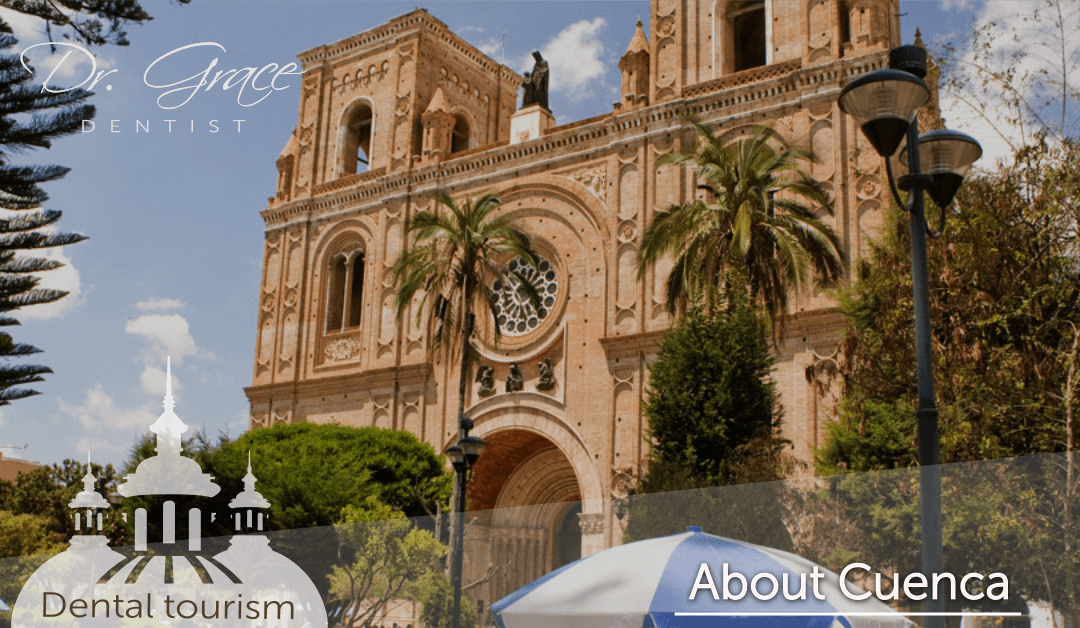The stunning UNESCO World Heritage Site city of Cuenca was founded in 1557 and is currently Ecuador’s 3rd largest city
It’s beautiful colonial architecture, winding cobblestone streets, and its rich intellectual and cultural diversity make Cuenca one of the most livable cities in the world in fact, Cuenca has continually been named the top city in the world for retirement and quality of living by publications including Forbes, US News & World Report and International Living.

For: Bryan Haines
Cuenca’s population is roughly 580,000. The expat community, which has steadily grown in recent years, is estimated to be about 8,000 according to 2016 reports, and there is a lovely ambience between the local and expat populations and a sense of community rarely found in expat destinations.
Perched in the southern Andes Mountains, at an elevation of 8,300 feet, the charming colonial city of Cuenca is the cultural capital of Ecuador boasting a symphony and youth orchestra, a Jazz Society, many English and Spanish-speaking theater groups and endless art galleries and museums.uenca’s population is roughly 580,000. The expat community, which has steadily grown in recent years, is estimated to be about 8,000 according to 2016 reports, and there is a lovely ambience between the local and expat populations and a sense of community rarely found in expat destinations.
The climate is “spring-like” year-round, with temperatures ranging between 50 to 70 degrees F. Residents laugh that you can have four seasons in one day, which is often true, but generally there are not extremes.
Cuenca’s historic center, known as El Centro, is quaint and charming with spectacular colonial architecture. The town square, Parque Calderon, features two iconic landmark churches, the famed Cathedral of the Immaculate Conception, knowns as the “New Cathedral,” with its beautiful blue domes, and the Old Cathedral, The Church of the Shrine.
Another aspect to think of when traveling to Ecuador is its infrastructure, and Cuenca’s has been vastly improved in recent years. There are new roads, new parks, bike paths, new public spaces and the Tranvia, a tram system that is expected to be complete within a year (as of October 2019) that will go through downtown to all of Cuenca’s outlying areas.
Cuenca’s large and growing expat community is one of Latin America’s most established, so should you choose this gem of a South American city, it will be easy to integrate. But, do study up on your Spanish, as it is the still the dominant language and you’ll want to be able to meet and greet the wonderful Ecuadorian people when you get here.
One of the most important considerations when travel or moving abroad is high-quality healthcare, and Cuenca gets high marks in this regard. There are top-notch hospitals and doctors who have trained in the US and Europe, who speak both Spanish and English. For comparable care, the cost is surprisingly low compared to North American and Canadian prices. Significant savings are also extended to people over 65 in Ecuador. Buses currently cost only 12 cents, national and international flights are half-price, as are local events. The cost of utilities is also cut in half for seniors in Cuenca.
El Centro runs along the Tomebamba River, one of Cuenca’s four rivers, and affords beautiful walking paths and picnic places along the riverbanks. Across the river and on the second Yanuncay River are high rises and newer living areas often preferred by expats.
There are countless restaurants, coffee house and cafes for every palette and the dining scene is growing exponentially each year. Recently a Cuenca Wine Club opened, and there are wine tastings, culinary events, a yearly Food Festival and cooking classes throughout the year.
For the outdoor enthusiasts, the nearby Cajas Mountains, just 30 minutes away, offer breathtaking views and endless opportunities for biking, hiking, horseback riding, bird watching and trout fishing in one of the park’s 200 lakes.
Should you want to venture outside of Cuenca, there are incredible small villages and country and mountain areas within two hours away, including Gualaceo, Paute, Tarqui, and Yunquilla. Many expats who are looking for sustainable lifestyles have chosen to purchase real estate in these areas.



